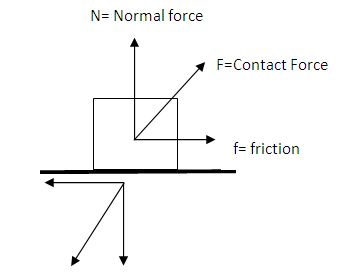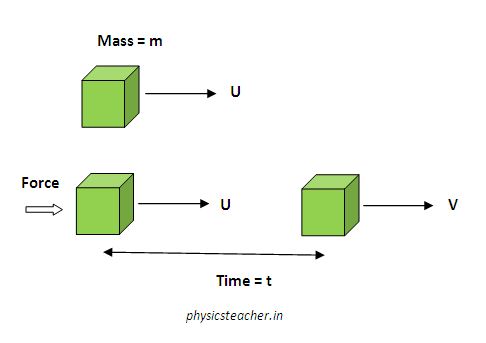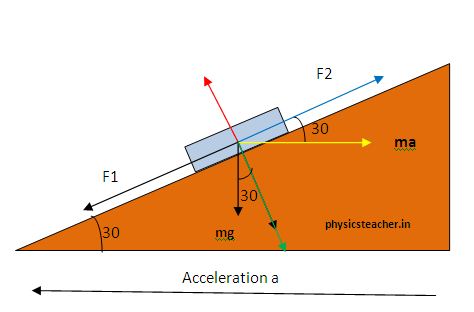IGCSE Physics Definitions – Forces and Motion
IGCSE Physics Definitions from the Forces and Motion chapter are listed below. It contains definitions for vector, scalar, torque, CG, velocity, force, acceleration, and important laws like Newton’s laws of motion, Hooke’s law, etc. This post also includes reference links to detailed posts on respective topics that would certainly help the students of all boards […]








